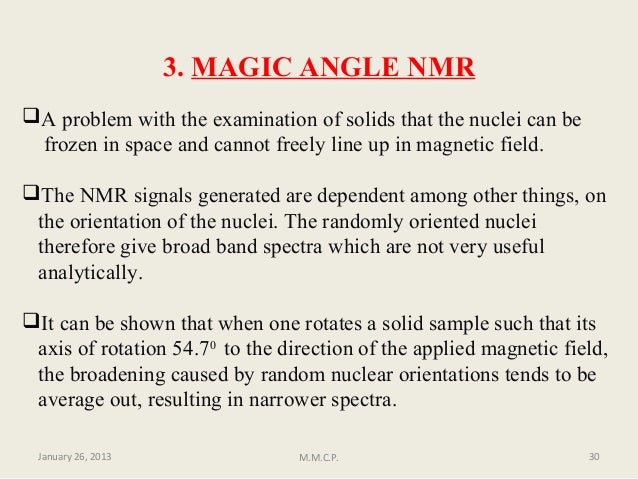

The proton spectral resolution enhancement afforded by the ultrafast MAS frequencies up to 120 kHz is initially discussed, followed by a description of an ensemble of multidimensional NMR pulse sequences, all based on proton detection, that have been developed to obtain in-depth information from dipolar couplings and chemical shift anisotropy (CSA). In this Account, we review recent proton-based ssNMR strategies that have been developed in our laboratory to further improve proton spectral resolution without resorting to chemical deuteration for the purposes of gaining atomistic-level insights into molecular structures of various crystalline solid systems, using small molecules and peptides as illustrative examples.

However, it still remains a challenge to obtain narrow 1H spectral lines, especially from proteins, without resorting to deuteration. Thanks to the remarkable improvement in proton spectral resolution afforded by the significant advances in magic-angle-spinning (MAS) probe technology, 1H ssNMR spectroscopy has recently attracted considerable attention in the structural and dynamics studies of various molecular systems. As a result, protons are rarely used, in spite of the desperate need for enhancing the sensitivity of ssNMR to study a variety of systems that are not amenable for high resolution investigation using other techniques including X-ray crystallography, cryo-electron microscopy, and solution NMR spectroscopy. Unfortunately, the high signal sensitivity, afforded by the high natural-abundance and high gyromagnetic ratio of protons, is greatly compromised by severe line broadening due to the very strong 1H- 1H dipolar couplings. Protons are vastly abundant in a wide range of exciting macromolecules and thus can be a powerful probe to investigate the structure and dynamics at atomic resolution using solid-state NMR (ssNMR) spectroscopy.


 0 kommentar(er)
0 kommentar(er)
